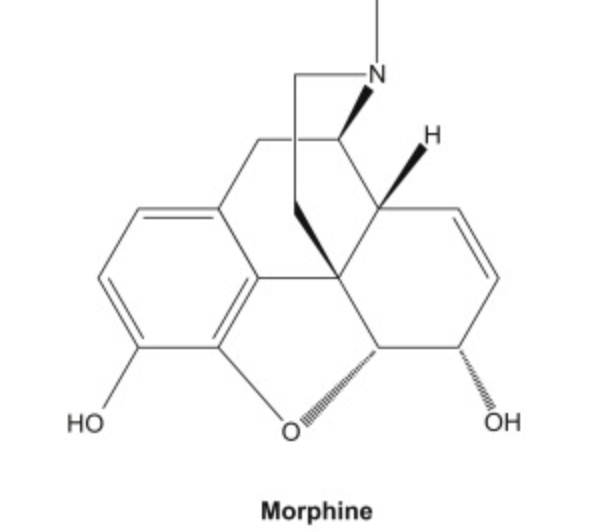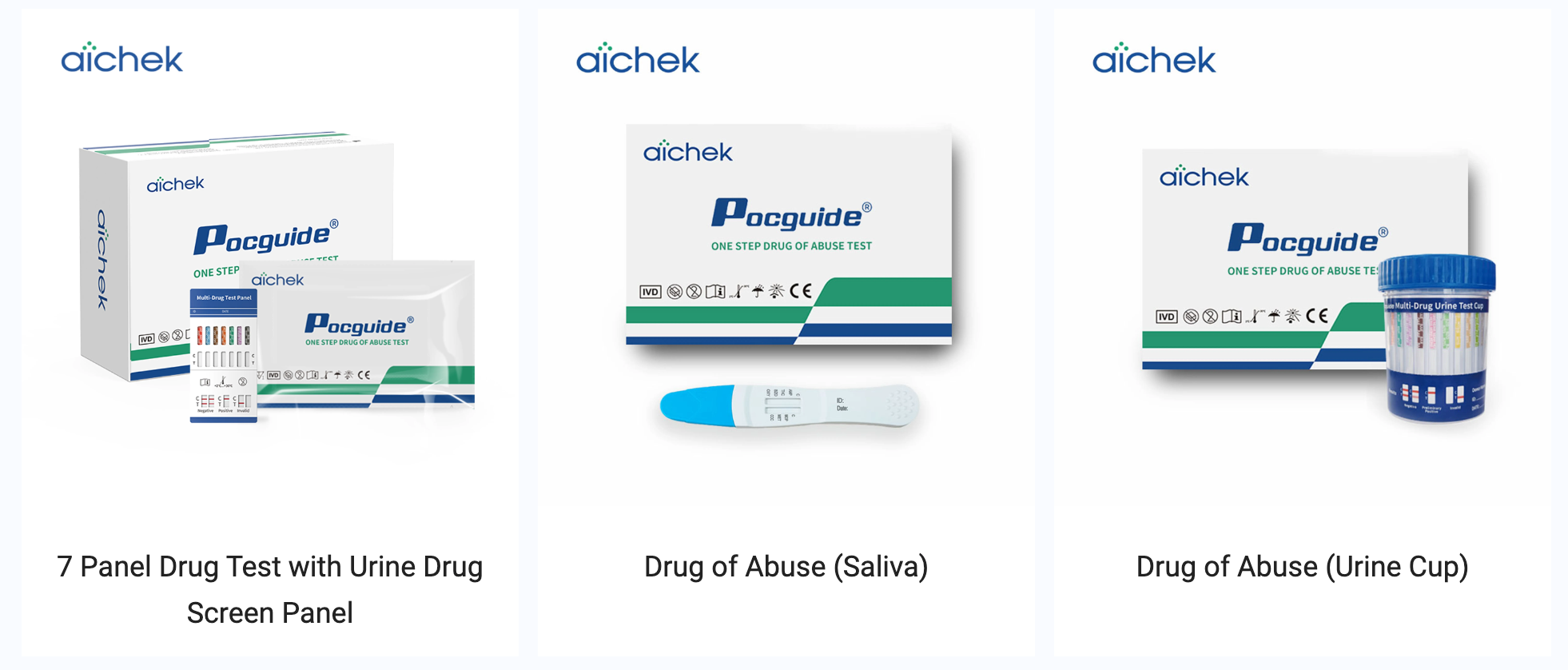
Get A Quote
What is Morphine and how to detect it?
2023-11-01
Morphine is a powerful opioid analgesic medication primarily used to relieve severe pain. It is derived from the opium poppy plant and is one of the most effective pain-relieving medications available in the field of medicine.
Source: https://www.sciencedirect.com/topics/medicine-and-dentistry/morphine
What is MOP
Morphine is a powerful opioid analgesic medication primarily used to relieve severe pain. It is derived from the opium poppy plant and is one of the most effective pain-relieving medications available in the field of medicine.
It works by binding to opioid receptors in the brain, spinal cord, and other parts of the body, reducing the perception of pain and altering the response of the nervous system to pain. Morphine is commonly prescribed after surgery, for severe injuries, or in situations involving intense, chronic pain such as cancer-related pain.
Due to its potency and potential for addiction, morphine is classified as a controlled substance and is available only by prescription. Its use requires careful monitoring and supervision by healthcare professionals to prevent misuse, dependence, and other potential adverse effects.
How to detect it
Detecting the presence of morphine or its metabolites in the body can be done through various methods:
-
Urine Test: This is one of the most common methods to detect morphine. A urine test can identify the presence of morphine and its metabolites, indicating recent use.
-
Blood Test: Morphine can also be detected in blood samples. Blood tests are often used in emergency situations or when immediate results are required.
-
Saliva Test: Saliva tests can detect the presence of morphine and its metabolites. These tests are less invasive than blood tests and can indicate recent usage.
-
Hair Follicle Test: This method can detect morphine use over a longer period, sometimes up to 90 days or more, by analyzing a hair sample.
-
Sweat/Perspiration Test: This method involves using a patch to collect sweat over a period of time to detect morphine and its metabolites.
-
Breath Test: While less common, breath tests can also be used to detect certain substances, although this method is not widely used for opioids like morphine.
These tests are commonly used in healthcare settings, workplaces with drug policies, legal situations, or rehabilitation programs to monitor opioid use. The type of test used often depends on the specific requirements of the situation, the window of detection needed, and the level of invasiveness permitted or required.
It's important to note that these tests are designed to detect morphine or its metabolites in the body and should be administered and interpreted by trained professionals.
Where Drug Abuse is widely happened
Source:National Institute on Drug Abuse (NIDA)
-
United States: According to the National Institute on Drug Abuse (NIDA), in 2021, around 106,699 drug overdose deaths occurred in the United States, with opioids contributing to 49,860 of those deaths. This includes prescription opioids like morphine as well as illicit opioids such as heroin and fentanyl.
-
Europe: The European Monitoring Centre for Drugs and Drug Addiction (EMCDDA) reported that opioids, including heroin and prescription opioids, were responsible for a significant proportion of drug-related deaths in Europe. Eastern European countries like Russia and Ukraine have faced challenges with opioid abuse.
-
Middle East: Data specific to morphine abuse in the Middle East might vary across different countries. However, conflict zones and areas of political instability in the region have been associated with drug trafficking and substance abuse issues.
-
Southeast Asia: The United Nations Office on Drugs and Crime (UNODC) has highlighted the production and trafficking of opiates, including morphine, from countries like Afghanistan and Myanmar. This has contributed to drug abuse and addiction in parts of Southeast Asia.
-
Latin America: While the primary focus regarding drug abuse in Latin America often centers on cocaine and marijuana, some regions have reported issues related to opioid abuse, including morphine.
Where POCT Solutions for Drug Abuse test are commonly used?
-
Workplaces: Many companies and organizations implement drug testing programs for their employees to ensure a safe and productive work environment. Industries such as transportation, healthcare, and manufacturing often conduct regular drug screenings.
-
Healthcare Facilities: Hospitals, clinics, and healthcare providers might use drug abuse tests to screen patients in emergency situations, during pre-employment health checks, or as part of treatment programs.
-
Rehabilitation Centers: Drug rehabilitation centers and clinics use drug tests as part of their treatment programs to monitor patients' progress and ensure compliance with sobriety requirements.
-
Correctional Facilities: Prisons and probation offices use drug testing as part of their protocols to monitor inmates or individuals on probation for substance abuse.
-
Sports Organizations: In some sports, drug testing is conducted to ensure fair play and compliance with anti-doping regulations.
-
Educational Institutions: Some schools or universities might conduct drug tests, especially in cases where drug use is suspected or for extracurricular activities and sports programs.
-
Drug Treatment and Counseling Centers: Facilities offering drug treatment and counseling services often utilize drug tests as part of their assessment and treatment plans for their clients.
-
Law Enforcement and Government Agencies: Police departments, border security, and other law enforcement agencies may use drug tests as part of their investigations or routine procedures.


